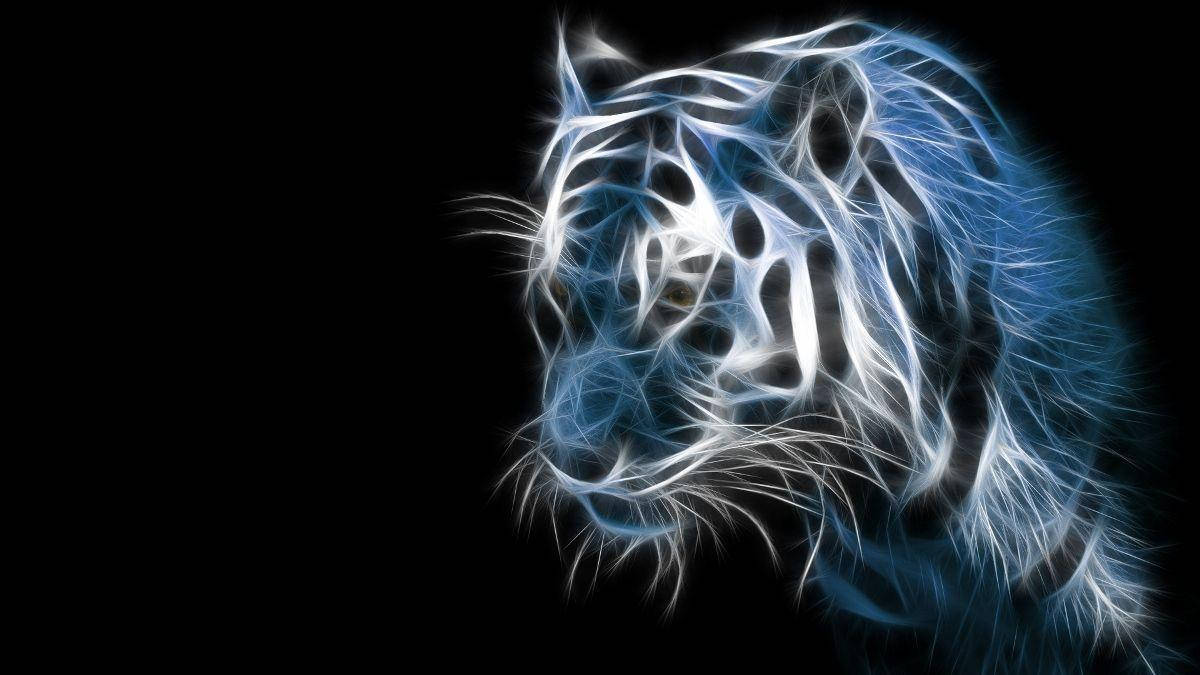Imagine you’re an artist in 1845. Your studio smells of linseed oil and varnish. You’ve spent weeks capturing a client’s likeness with soft brushstrokes, each one holding the weight of time and intention.
Then, on a brisk spring morning, a rattle of excitement outside draws you to the window. Crowds gather around a man holding a curious device—a small black box. Within minutes, it produces a crisp, realistic image. You feel the ground shift beneath your feet.
The invention of the camera didn't make painters obsolete—but it did challenge their purpose. Today, creatives are facing a similar moment of reckoning. And just like then, the ones who adapt will lead the next wave of artistic innovation.
The New Brushstroke: Generative AI in the Creative World
From healthcare and banking to eCommerce and entertainment, AI has seeped into every aspect of how we live and work. For creatives, this disruption feels personal.
At DolFinContent, we surveyed more than 800 creatives across 10+ countries and 80 different companies. Their responses told a compelling story—not just about tools and workflows, but about identity, trust, and purpose.
When Machines Join the Creative Table
At its best, AI is a time-saving assistant—a co-pilot for your creative process. It can edit, suggest, experiment, refine. But it can also replace the very tasks you once took pride in doing yourself.
“I chose this profession over a higher-paying one because I loved the work. Now the tasks I enjoy most are being automated. And I’m left wondering—what’s left for me?”
— Survey participant
For many, it’s not the existence of AI that causes discomfort—it’s the feeling that their value is being redefined without their consent.
From Apprehension to Adaptation: How Creatives Experience AI
Every creator’s journey is different, but through our research, a familiar arc emerged:
1. Cautious Curiosity
At first, many creatives react with hesitation. Will I lose my job to AI? Is this a fad? Will clients still need me in five years?
According to our data, 63% of creatives who don’t currently use AI are concerned about job security.
Among those who do use it? That number drops to 37%.
Knowledge brings clarity.
2. Tentative Exploration
Once creatives begin experimenting with AI, they discover that:
- AI tools can streamline tedious processes
- Some outputs can enhance creativity, not replace it
- There’s freedom in offloading uninspiring tasks
Companies like LumenType, VisualNest, and SwayFlow have supported their teams with exploratory AI sandboxes—letting artists test and play without pressure. This “creative breathing room” has led to surprising innovations and a renewed sense of control.
3. Forced Adoption vs. Voluntary Growth
But the experience changes when exploration is no longer a choice.
“I’m now expected to deliver faster because ‘AI makes it easy.’ But the joy is gone. It doesn’t feel like I’m creating anymore.”
— Survey participant
Creatives begin to feel like replicable tools themselves. The magic—the years of study, the intuition honed through mistakes—is undervalued in the face of fast, decent-enough results.
The Emotional Cost of Efficiency
Speed is not always synonymous with excellence.
For many creators, the rise of AI means:
- Losing ownership of their unique processes
- Wrestling with imposter syndrome, as tools become more accessible
- Feeling isolated within teams that prioritize output over artistry
“I posted an AI-enhanced illustration on LinkedIn. A peer messaged me, saying I was ‘betraying the craft.’ I didn’t know how to respond.”
— Survey participant
The Ethical Dilemma: Whose Work Is It Anyway?
Many AI models are trained on public data—which includes the unpaid labor of designers, illustrators, musicians and writers. This raises pressing questions:
- Where’s the credit for original creators?
- Is compensation being considered?
- What rights do creatives have over their visual or narrative fingerprints?
This silent exploitation fuels the “us vs. AI” divide—and DolFinContent believes that creative justice must be part of any serious AI strategy.
What DolFinContent Is Doing Differently
At DolFinContent, we’ve built a framework that merges human-centric creativity with AI-powered efficiency, while placing ethics and empathy at the forefront.
“Technology is powerful. But it should never outshine the artist. Our mission is to put AI in service of the creator—not the other way around.”
— Eliott Wahba, CEO, DolFinContent
We believe creators should never feel like they’re racing machines. Instead, we aim to amplify human brilliance, not automate it away.
Our Approach: Empower, Don’t Erase
- We give creatives the tools to explore AI on their own terms
- We offer training that focuses on collaboration, not replacement
- We help teams identify where AI adds value—and where it shouldn't interfere
- We partner with like-minded brands (e.g., NeonWave, Clario Studios, Helix Editorial) who understand that the future of creativity is still human
Blending Skill with Software: A Path Forward
This transition isn’t easy. Some days it may feel like a loss. Other days, like a revelation. But the truth is clear:
AI will shape the creative landscape. The real question is how we’ll choose to navigate it.
The future isn't about machines replacing creators. It’s about building something greater—together.
Creativity has always evolved. From cave walls to canvas, from typewriters to tablets. This is just the next chapter.
And in this chapter, DolFinContent is here to guide, support and elevate.
Ready to lead your team through the AI evolution—without losing the soul of what you do?






.png)
.png)
.png)







